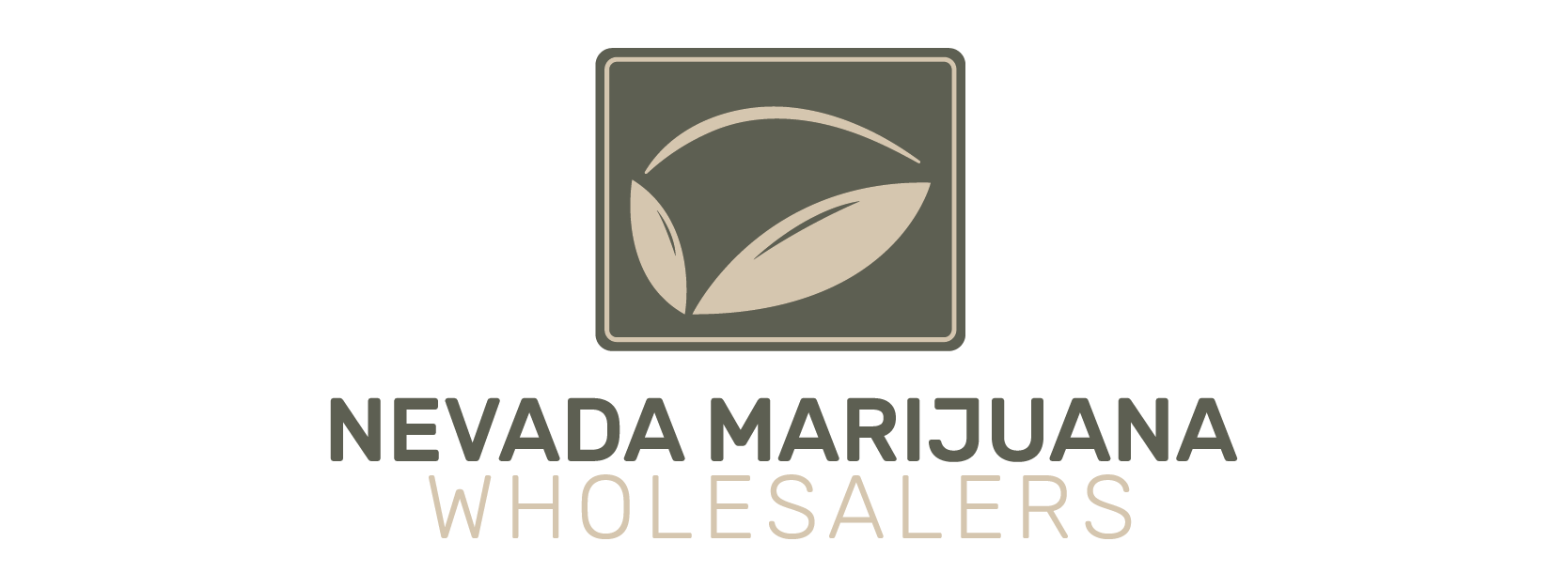Nevada’s cannabis wholesale market has evolved into a unique environment shaped by tourism, taxation, and regulatory structures. While the state’s wholesale sector shows similarities with other western markets such as California, Arizona, and Colorado, key differences set Nevada apart. A closer look at these four markets reveals how wholesale pricing, tax policy, and consumer demand interact in distinct ways.
Nevada: Volatility in a Tourism-Driven Market
Nevada relies heavily on tourism, particularly in Las Vegas, to fuel its cannabis sales. The state imposes a 15% excise tax on wholesale transfers and an additional 10% retail excise tax, creating tax friction at multiple stages of the supply chain. Wholesale transfers are benchmarked by “fair market value” categories, which can magnify volatility when spot pricing shifts.
In 2025, market reports showed Nevada’s wholesale prices hit a low point in August, particularly for indoor flower, as oversupply combined with seasonally softer demand. For wholesalers, this means inventory often moves with promotional pricing tied to event calendars and tourism spikes. Nevada’s market tends to experience sharper price swings than neighboring states, reflecting its dependence on visitor demand rather than a steady resident consumer base.
California: Scale and Tax Adjustments
California remains the largest and most influential cannabis market in the United States. Wholesale prices there continue to fluctuate with cultivation cycles and regulatory enforcement. However, after years of instability, the state saw signs of retail price stabilization in 2024.
One of the most significant policy changes came in October 2025, when California rolled back its retail excise tax rate to 15%, reversing an earlier increase. This adjustment is expected to give retailers greater flexibility on margins and indirectly benefit wholesalers by easing invoice clearance. With the largest consumer base in the nation and a broad spectrum of cultivators, California’s wholesale market operates on a scale Nevada cannot match, but its recent tax shift could make its prices more competitive relative to Nevada.
Arizona: Simplicity and Integration
Arizona’s cannabis market, though smaller and younger, has established itself with a simpler tax and regulatory system. The state levies a 16% excise tax at the retail level, in addition to its transaction privilege tax. Unlike Nevada and Colorado, wholesale transfers are not taxed, creating a cleaner negotiation environment between cultivators and retailers.
The Arizona market is also characterized by vertical integration, with many operators controlling multiple points of the supply chain. This reduces wholesale liquidity but stabilizes pricing by aligning production closely with retail demand. While monthly sales have shown signs of slowing growth, wholesale negotiations remain more predictable and less volatile than in Nevada.
Colorado: Lessons from a Mature Market
Colorado, one of the earliest adopters of adult-use cannabis, provides a model of market maturity. With a 15% excise tax on wholesale transfers and another 15% on retail sales, plus local taxes, Colorado operators face heavy tax burdens similar to Nevada. However, after peaking in 2021, both sales and wholesale pricing have steadily declined.
Colorado’s oversupply, combined with shifting consumer preferences toward value-oriented products, has kept wholesale prices subdued. The state’s experience highlights how an early boom can give way to prolonged price pressure once supply consistently exceeds demand. For Nevada wholesalers, Colorado serves as a cautionary example of how market rationalization can erode margins.
Comparative Takeaways
When comparing these four states, several distinctions stand out:
- Tax Impact: Nevada’s dual excise taxes create earlier pressure on wholesalers compared to Arizona and California, where excise is collected at retail.
- Demand Dynamics: Nevada depends heavily on tourism, making wholesale sales more volatile and seasonal than Arizona or Colorado.
- Market Scale: California’s scale dwarfs Nevada’s, giving it more stability despite regulatory challenges.
- Maturity Curve: Colorado illustrates how markets can plateau and decline, a risk Nevada must anticipate in the future.
For wholesalers, Nevada requires agility—aligning inventory with tourism peaks, managing tax-stage compression, and focusing on high-turn products like vapes and infused pre-rolls. For consumers, this translates into frequent promotions and price fluctuations that differ sharply from Arizona’s consistency or California’s improving retail affordability.
